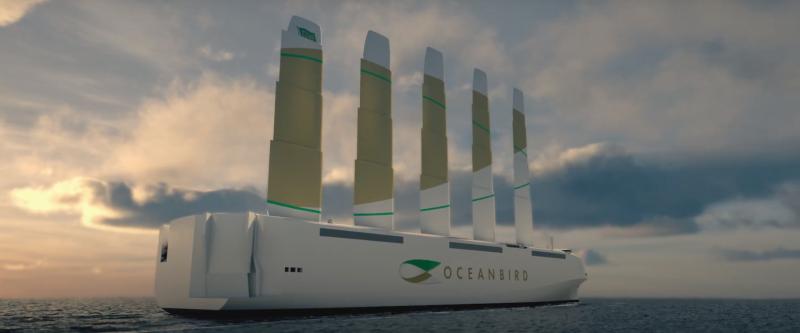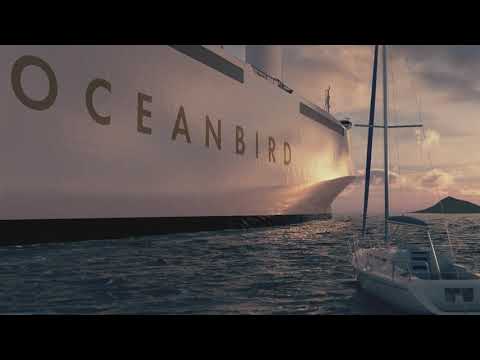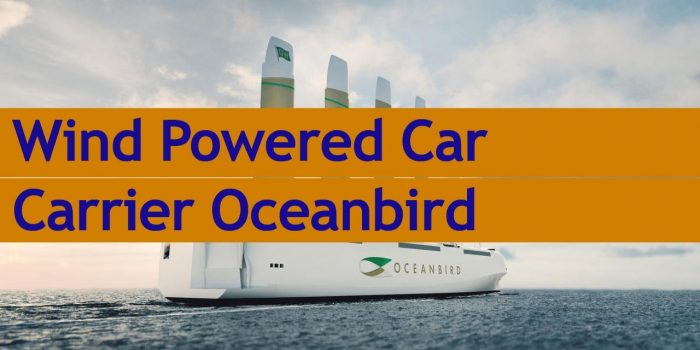Powering a boat using a sail is an age-old concept. The earliest known sails are dated back to 5,000-5,500 BCE, which appeared on a painted disc found in Kuwait, and boats are approximately a million years old. Homo erectus was the first to use them, long before the arrival of Homo Sapiens and Neanderthals on Earth.
Using sails as a recreational thing is a couple of hundred years old concept only. Earlier for thousands of years, sails supported humanity before being replaced by steam technology and internal combustion engines, making traveling on the water more reliable under a range of weather conditions and uses.
What became immensely successful and helped in creating the networks of global trade that we benefit from today is the fuel-burning technology used on ships. However, we are not saying goodbye to sails just yet. One benefit of sails over fuel-burning ships is that it is climate-friendly.
Many companies are now working towards emissions-free sail propulsion using advanced materials, computer controls, and futuristic designs to bring performance and speed to the next level.
Oceanbird is one recent example, capable of transporting up to 7,000 cars with an average speed of 10 knots on a North Atlantic crossing; it is a massive car and truck carrier.

In terms of speed, the Oceanbird’s four colossal 80-meter high extendable wing sail will take 12 instead of the usual eight days; however, it has the potential to reduce emissions by as much as 90 percent.
Built with metal and composites and by using the latest technology, the wing sails can be retracted to around 20 meters (66 feet), ensuring that the Oceanbird remains safe in stormy conditions and can pass under bridges when the need arises. Although the project team envisions that the primary source of power will be the sails, it will still be fitted with engines for maneuvering close to land and ports and for emergency purposes.
Oceanbird is a collaboration between three parties, namely: Wallenius Marine, shipbuilders that have started the project, Swedish research institute SSPA, and the Royal Institute of Technology in Stockholm.
A 7-meter (23 feet) scale model is tested in open waters. Over the next few months, the trials will continue. By the end of 2021, production-ready designs will be completed for orders, and as per Wallenius Marine, the first customer vessel is expected to be delivered by the end of 2024.
At 200 meters (656 feet) long and 40 meters (131 feet) wide, it is expected to be the world’s largest sailing vessel when it launches. The same technology can then be replicated on other large ships such as cruise ships. However, container ships cannot be replaced with the same technology since the entire deck surfaces have to be flat to carry hundreds of stacked containers.
Ever since the debate on climate change has taken center stage, the shipping industry across the globe has faced strict regulations. The commercial shipping industry is responsible for 18-30 percent of nitrous oxides released into the atmosphere, 9 percent of sulfur oxides, and approximately 2.5 percent of the world’s carbon dioxide emissions. This is clearly an area of improvement.

What will be interesting to see in the coming days is the impact of sulfur scrubbing technology on the cost of getting things from point A to point B. The ships, on the one hand, will run primarily on wind power, using minimum fuel. However, it will take 50 percent more time to get where they are going, even if initially it is a way for companies to lower the average emission of their fleets.
A rendered video is below for you to check out.


